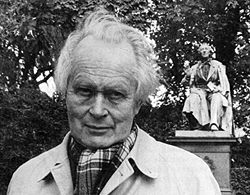When activists and progressive writers started to seriously and consistently write in Tagalog-Pilipino in the late 1960s and early 1970s, they were quickly confronted with the issue of how to spell Spanish or English words rendered in Tagalog. For example, should it be sitwasyon, situwasiyon, or situweysyon? Rebolusyon or ribulusiyon? Even how to spell native Tagalog words often became problematic: Lalake or lalaki? Babae or babai? Ibaksak or ibagsak?

As a rule-of-thumb solution, many of us adopted the rule, “Kung ano ang bigkas, siyang baybay.” How you say it is how you spell it. The premise was that there was only one correct way of pronouncing words in Tagalog-Pilipino. Thus, if we were faithful in spelling a written word the way it is spoken, then the assumption was that we should quickly agree on standard spelling.
But anyone who’s been around the Tagalog provinces or with friends from those provinces will easily realize that there are quite a number of dialect and accent variations in how words are pronounced. Following the bigkas-baybay rule, we should accept “Isuksok mo ang sanrok sa ringring” of Eastern Rizal and “Eka ko e tama, pero eka niya e mali” of Nueva Ecija as normative for written Tagalog. We often see roughly painted notices (“Bawal omehi ditu”) on walls, and make fun of them as examples of low literacy among street-educated Filipinos. But how do we know, really? Maybe those who wrote them are as educated as we are, but are merely following the bigkas-baybay rule. Continue reading ““Kung ano ang bigkas, siyang baybay.””


